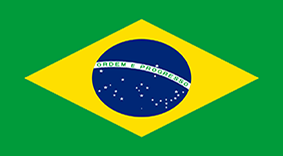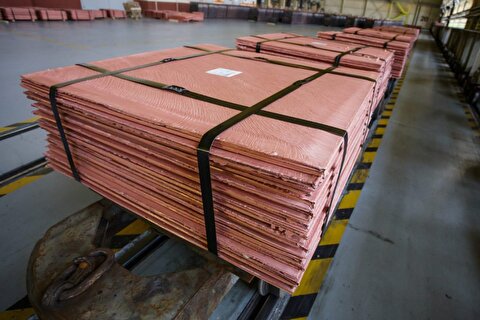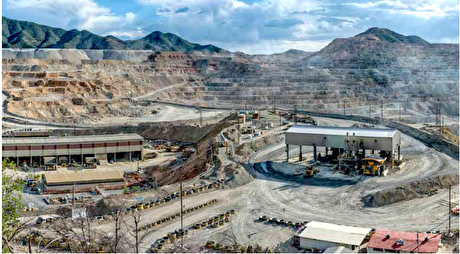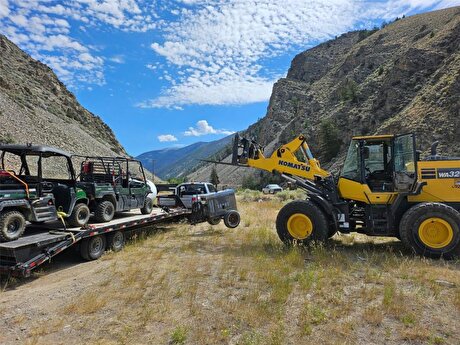
Viewpoint: High stocks may cap 2020 Brazilian ferts

Brazil is one of the few major agricultural producers that did not face significant problems in the latest growing season. In the US, Brazil's biggest competitor for grain markets, unfavorable weather conditions during much of November prevented fall fertilizer applications, keeping inventories high. Some market participants do not expect improvement before spring application begins.
Weather issues also affected demand in India and Australia, and China bought less fertilizer because of African swine fever (ASF).
While fertilizer demand has been falling, global production capacity has increased, especially in North Africa, a region closer to Brazil than other fertilizer producers.
With scant demand everywhere else, fertilizer producers delivered more products to Brazil during 2019. As a result, MAP prices fell more than 30pc from a three-year high at the end of 2018 to their current spot at an 11-year low.
In Brazil, MAP imports were on track for a record year in 2019 of around 4mn t. In January-October 3.3mn t were delivered, just 382,000t less than total 2017 imports — which were the highest ever recorded, according to data from the Global Trade Tracker (GTT). A market participant calculates the MAP inventories are around 1mn t, double 2018's levels, and the highest registered.
Nitrogen and potash imports also grew in Brazil this year, with the arrival of the first Iranian nitrogen cargoes and growing Argentian imports pressuring cfr prices. Dutch bank Rabobank estimates Brazil's 2019 fertilizer imports will reach 28.3mn t, 800,000t more than 2018. Even though it projects higher demand for 2019 — 36.2mn t versus 35.5mn t in 2018 — inventories should increase 600,000t to 6.1mn t. For 2020, Rabobank calculates total Brazilian fertilizer inventories of 6.2mn t and 37mn t of demand, a sign that cfr prices may remain low.
Globally fertilizer producers announced output cuts in 2019 in an attempt to contain falling prices. The largest Chinese phosphate producers, known as "2+6", should reduce exports by 40-50pc between October 2019 and April 2020. Major MOP producers started announcing cuts in August, with cuts from Mosaic, Nutrien, K+S totally around 1.6mn t.
The cuts may not be enough to support falling prices in the Brazilian market, though. A market participant said the potash producers are looking for close deals for the 2020-21 season as soon as possible, a sign they expect further declines in the future. Offers for MOP for May loading were around $260/t cfr Brazil in December.
Forecasts by Sindiadubos, a fertilizer industry association, based on data from Brazil's national fertilizer industry association, Anda, indicate 10.5mn t of MOP imports in 2019, higher than the 10.01mn t seen in 2018.
An increase in product from Eurochem, the Russian firm that controls Brazilian Fertilizantes Tocantins, has also pressured prices. The return of higher output from K+S' Bethune mine is also competing with existing suppliers.
Imports from Russia have risen by over 12pc on the year, the highest increase from any country.
For nitrogen, the price reaction could appear earlier, but market participants do not expect a significant rise. An increase has already been noticed in the US and Arabian Gulf, and it should lead to higher prices in the Brazilian market in January. High stock levels, estimated by one market participant at around 1mn t, may limit that increase.
For MAP, the situation is not better. Suppliers claim that there is no demand for the product in Brazil currently. Consulting INTL FCStone said it expects a spike in MAP prices in the first quarter of 2020, but it will be limited as well.
By Kauanna Navarro


Gold price eases after Trump downplays clash with Fed chair Powell

Copper price hits new record as tariff deadline looms

Brazil producers look to halt pig iron output as US tariff threat crimps demand

Chile’s 2025 vote puts mining sector’s future on the line

Gold price could hit $4,000 by year-end, says Fidelity

Three workers rescued after 60 hours trapped in Canada mine

US targets mine waste to boost local critical minerals supply

Glencore workers brace for layoffs on looming Mount Isa shutdown

Energy Fuels surges to 3-year high as it begins heavy rare earth production

Trump tariff surprise triggers implosion of massive copper trade

Maxus expands land holdings at Quarry antimony project in British Columbia

BHP, Vale accused of ‘cheating’ UK law firm out of $1.7 billion in fees

Southern Copper eyes $10.2B Mexico investment pending talks

American Tungsten gets site remediation plan approved for Ima mine in Idaho

Kinross divests entire 12% stake in Yukon-focused White Gold

Gold price could hit $4,000 by year-end, says Fidelity

Southern Copper expects turmoil from US-China trade war to hit copper

Ramaco Resources secures five year permit for Brook rare earth mine in Wyoming

Column: EU’s pledge for $250 billion of US energy imports is delusional

Trump tariff surprise triggers implosion of massive copper trade

Maxus expands land holdings at Quarry antimony project in British Columbia

BHP, Vale accused of ‘cheating’ UK law firm out of $1.7 billion in fees

Southern Copper eyes $10.2B Mexico investment pending talks

American Tungsten gets site remediation plan approved for Ima mine in Idaho

Kinross divests entire 12% stake in Yukon-focused White Gold

Gold price could hit $4,000 by year-end, says Fidelity

Southern Copper expects turmoil from US-China trade war to hit copper

Ramaco Resources secures five year permit for Brook rare earth mine in Wyoming














